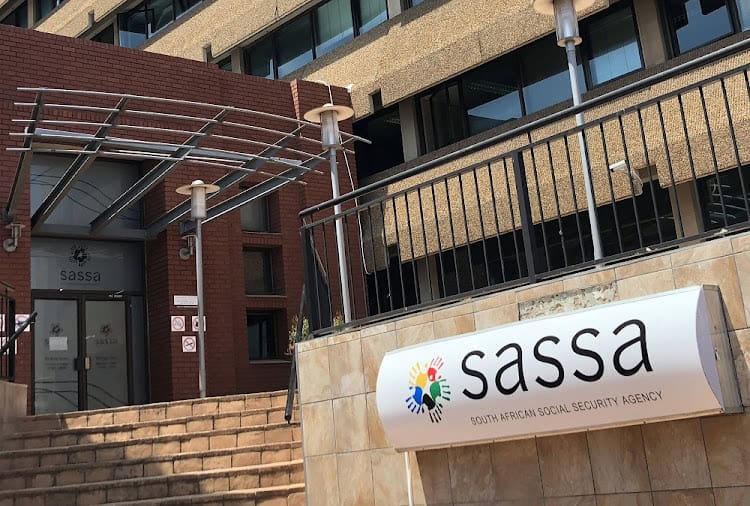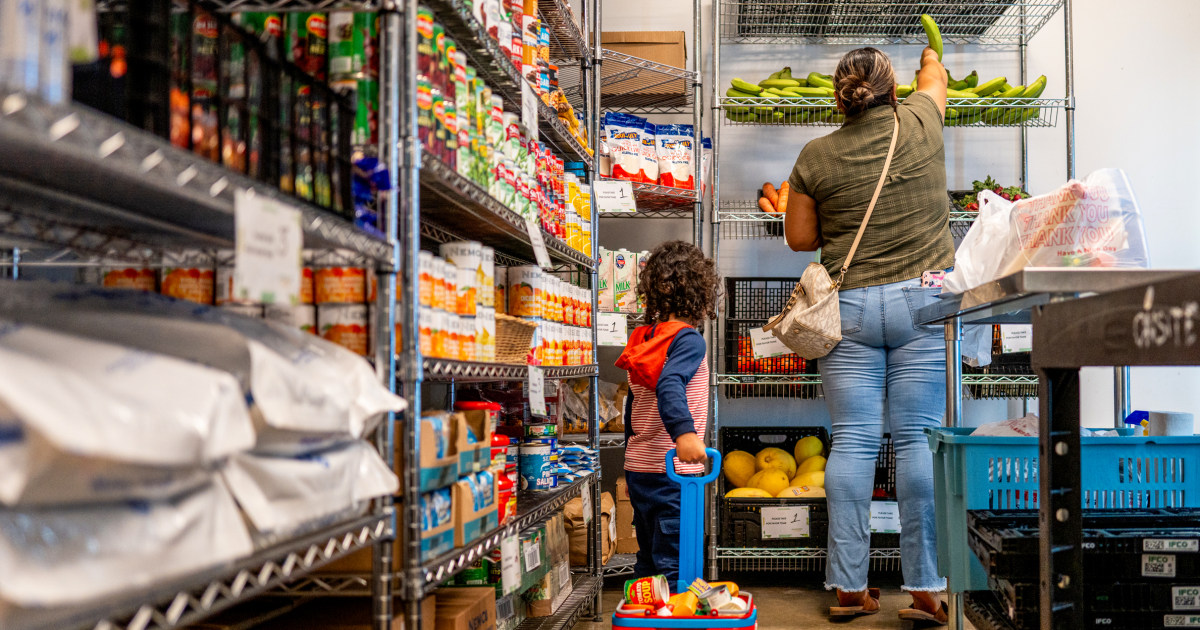Impact Assessment of a PRC Village Banking Program on Sustainable Development Goals
Executive Summary
A systematic evaluation, utilizing a randomized controlled trial (RCT), was conducted on the People’s Republic of China’s (PRC) large-scale village banking program. This report analyzes the program’s outcomes with a specific focus on its contribution to the United Nations Sustainable Development Goals (SDGs), particularly those related to poverty, economic growth, and inequality.
Primary Outcomes: Advancing SDG 1 (No Poverty) and SDG 8 (Decent Work and Economic Growth)
- The study’s primary finding indicates that the microcredit intervention resulted in a significant increase in participant income, directly contributing to the objectives of SDG 1 (No Poverty).
- This outcome contrasts with findings from other RCT-based studies in different global contexts, which often found no evidence of significant income increases from similar microcredit programs.
- The income growth is linked to enhanced opportunities for off-farm employment, aligning with the targets of SDG 8 (Decent Work and Economic Growth) by fostering productive economic activities.
Causal Factors for Program Success and Contribution to SDG 10 (Reduced Inequalities)
The evaluation identified several key factors contributing to the program’s positive impact. These elements have significant implications for reducing financial inequality as outlined in SDG 10 (Reduced Inequalities) by providing access to financial resources for underserved populations.
- Loan Size: The provision of larger loans enabled more substantial investments in income-generating ventures.
- Repayment Structure: Lump sum repayments offered greater flexibility compared to frequent installment plans.
- Interest Rates: Lower interest rates increased the financial viability of borrowing for productive purposes.
- Prior Credit Access: The program served a population with limited previous access to formal credit, thereby directly addressing financial exclusion.
- Economic Context: The existence of high-return, credit-constrained off-farm employment opportunities allowed for the effective use of capital.
Analysis of SDGs in the Provided Article
-
Which SDGs are addressed or connected to the issues highlighted in the article?
The article’s discussion of a microfinance program in the PRC and its impact on income and employment connects to several Sustainable Development Goals:
- SDG 1: No Poverty: The core finding of the article is that the microcredit intervention led to “significant increases in income.” Raising incomes is a primary mechanism for alleviating poverty, directly aligning with the goal of ending poverty in all its forms.
- SDG 8: Decent Work and Economic Growth: The article mentions that the program’s success is linked to enabling access to “credit-constrained off-farm employment opportunities.” By providing capital, the program supports entrepreneurship and productive employment, which are key drivers of sustainable economic growth.
- SDG 10: Reduced Inequalities: The program is described as a “large-scale village banking program” for a population with “less access to formal credit before the program.” Such initiatives target financially excluded or vulnerable populations, aiming to reduce economic inequalities by providing them with the resources to improve their livelihoods.
-
What specific targets under those SDGs can be identified based on the article’s content?
Based on the article’s focus on microfinance and its outcomes, the following specific targets can be identified:
- Target 1.4: “By 2030, ensure that all men and women, in particular the poor and the vulnerable, have equal rights to economic resources, as well as access to… financial services, including microfinance.” The article directly evaluates a “large-scale village banking program” which is a form of microfinance designed to provide “access to formal credit,” perfectly matching the scope of this target.
- Target 8.10: “Strengthen the capacity of domestic financial institutions to encourage and expand access to banking, insurance and financial services for all.” The implementation of a large-scale microcredit program represents a direct effort to expand access to financial services for populations that were previously underserved, as noted by their “less access to formal credit before the program.”
- Target 8.3: “Promote development-oriented policies that support productive activities, decent job creation, entrepreneurship… including through access to financial services.” The article explains that the credit provided allowed individuals to pursue “off-farm employment opportunities,” thereby supporting productive activities and entrepreneurship through financial access.
-
Are there any indicators mentioned or implied in the article that can be used to measure progress towards the identified targets?
The article explicitly and implicitly points to several indicators for measuring progress:
- Change in Income: The central finding of the study is the measurement of “significant increases in income.” This is a direct indicator used to assess the impact of the microcredit intervention and is fundamental to measuring progress against poverty reduction (SDG 1).
- Access to Formal Credit/Financial Services: The article’s premise is the evaluation of a program providing credit to those who had “less access to formal credit before.” The number or proportion of people participating in the village banking program serves as an implicit indicator for Target 1.4 and Target 8.10, measuring the expansion of financial inclusion.
- Loan Size and Interest Rates: The article identifies “larger loan size” and “lower interest rates” as key factors for the program’s success. These metrics can be used as performance indicators to evaluate the quality and effectiveness of financial services being offered to the poor and vulnerable.
- Engagement in Off-Farm Employment: The mention of “greater returns from credit-constrained off-farm employment opportunities” implies that an increase in the number of individuals undertaking such activities, or the income generated from them, is a key indicator of the program’s success in promoting economic growth (SDG 8).
SDGs, Targets, and Indicators Summary
| SDGs | Targets | Indicators (Mentioned or Implied in the Article) |
|---|---|---|
| SDG 1: No Poverty | Target 1.4: Ensure equal rights to economic resources and access to financial services, including microfinance. |
|
| SDG 8: Decent Work and Economic Growth |
Target 8.3: Promote policies that support productive activities, entrepreneurship, and job creation through access to financial services.
Target 8.10: Expand access to banking and financial services for all. |
|
| SDG 10: Reduced Inequalities | Target 10.1: Sustain income growth of the bottom 40 per cent of the population. |
|
Source: adb.org







